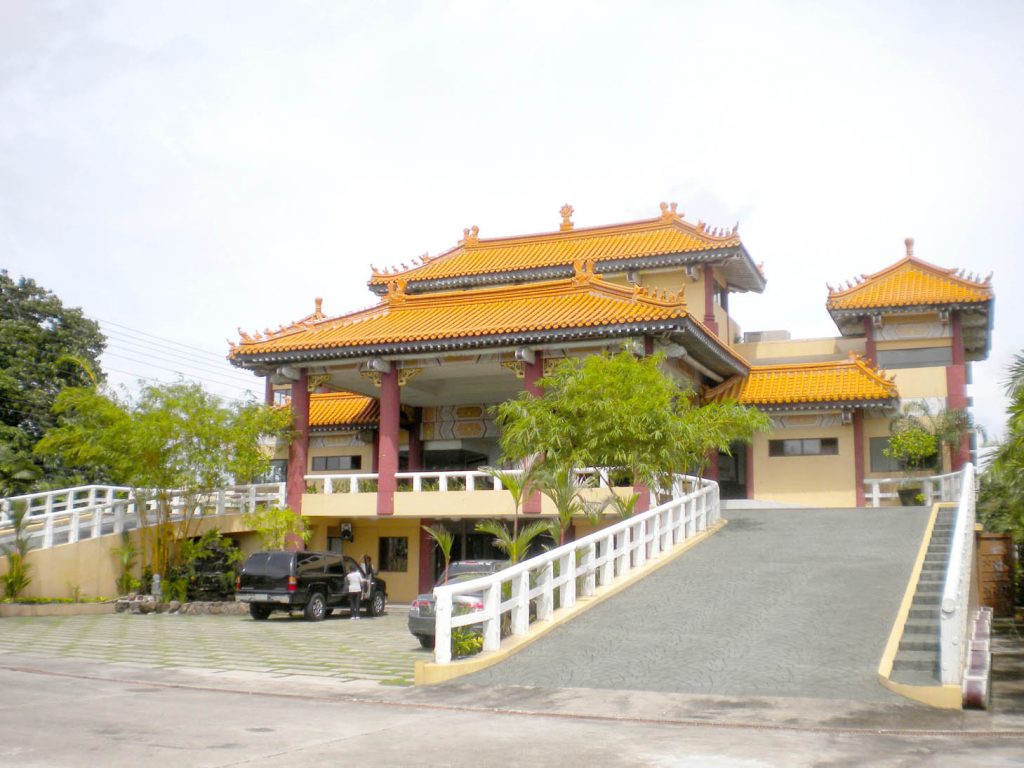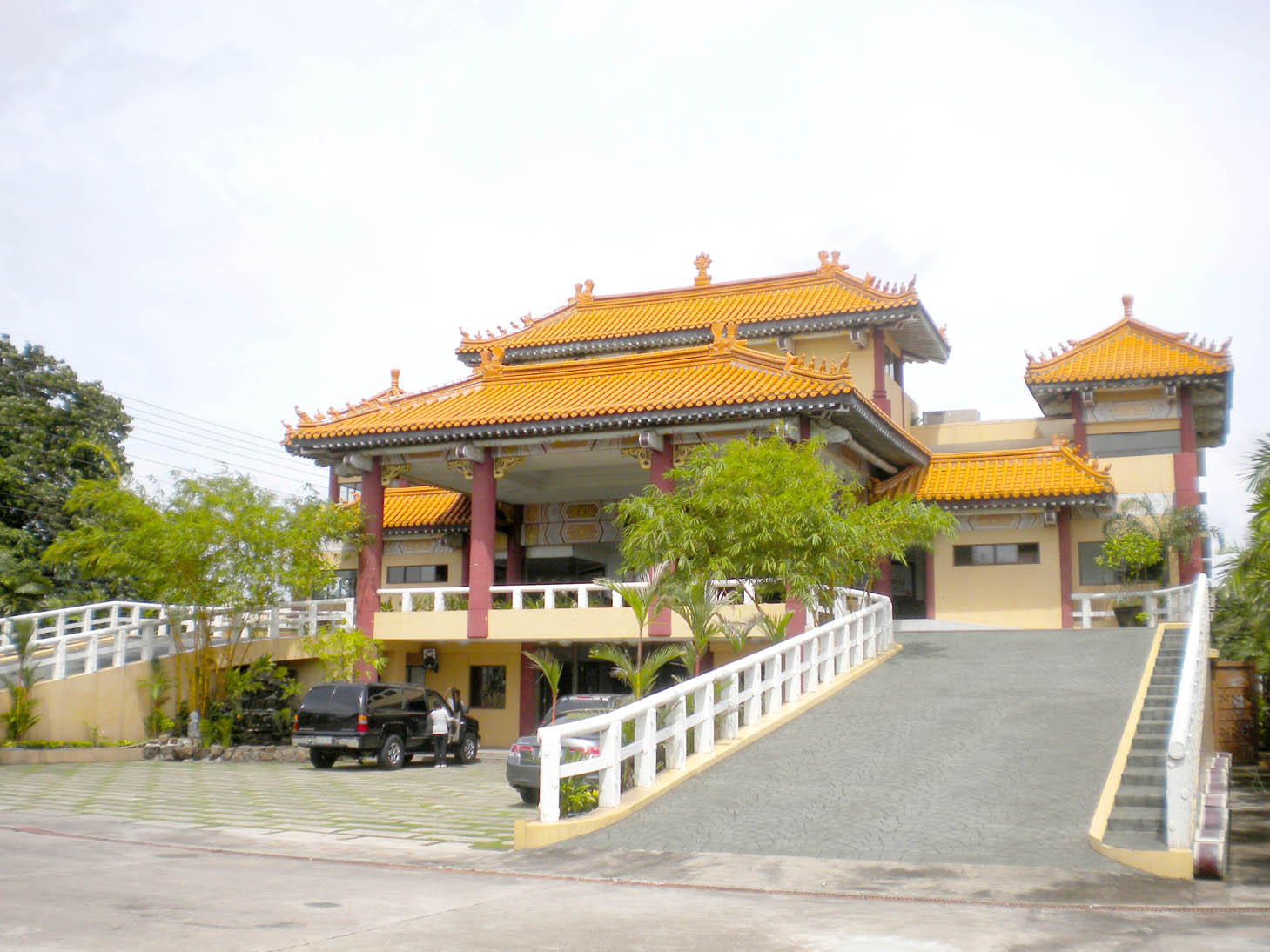Editors Note: This is the 10th of a series about the 36 Chinese Buddhist temples of the Philippines. Much of the information is from a thesis of Venerable Chuanmiao (Hsuan Chuang University, 2008), a Buddhist monk affiliated with the Thousand Buddha Temple in Quezon City.
10. Yuan Thong Temple 圓通寺
2876 Burgos Street, Bacolod City | Tel. (034) 432-4991, 433-6992
Beginning 1985, devotees in Bacolod had been exposed to the Humanistic Buddhism taught by Foguangshan. At that time, Foguangshan monastics were teaching at the city’s Fa Tzang Temple, but did not decide to stay there long-term.
In 1989, devotees led by Chen Suzhen (陳素珍), knowing that Foguangshan had begun managing the Chu Un Temple in Cebu, went to Cebu and renewed the invitation for Foguangshan to have a presence in Bacolod.
Yongguang (永光) said it would be more convenient if they had their own place in Bacolod.
Chen returned to Bacolod and quickly mobilized her network to purchase property, including a wooden house, on Burgos Street.
In 1991, she led a delegation to Taiwan, In an audience with Master Xingyun, she offered total control of the temple to Foguangshan.
That same year, the turnover ceremonies were held, and Xingyun gave the temple its name in honor of Guanyin.
In 2000, the community made plans to replace the old wooden structure with a sturdier and more modern temple.
Yongguang led the groundbreaking ceremonies, and other monastics came from Taiwan to help design and supervise the construction. The temple was completed and inaugurated in 2004.
With the building completed, the monastic stationed in Bacolod, Yongke (永可), began organizing various activities to deepen the roots of Buddhism among Filipinos.
The temple has since become the venue for Buddhist camps that are not limited to the summer season.

Main buildings. The temple entrance has a small garden surrounded by a circular, uphill road that leads to the main Guanyin shrine on the second floor.
There is also a meditation hall, dormitories, and other smaller rooms on the second floor. The ground floor has the offices, the library, dining hall, and ancestral hall with ossuary at the back.
Leadership and primary activities. Ven. Juelin (覺林) resides at the temple while also taking charge of the Foguangshan temples in Cebu and Iloilo. The Buddha’s Light International Association local chapter assists with all the activities.
Chanting services are organized for the first and 15th of the lunar month, the new year, and the Buddhist feast days especially those of Guanyin, Shakyamuni Buddha, the Medicine Buddha, and Ksitigarbha. There are also special services to pray for the deceased.
The temple is kept busy with activities that cater to different age groups. There is a study group and choir that meet regularly, plus classes in dance and taichi. The new year and mid-autumn festivals, and the Buddha’s birthday, are marked with public events that highlight Buddhism and Chinese culture.
The Humanistic Academy of Life and Arts is a relatively new program that builds on the success of three-month camps for young adults who are on gap years (university graduates who take a year off before working) or are in between jobs and want to spend some time in spiritual practice. The camp is held at the temple premises and has attracted some foreigners. — First published in Tulay Fortnightly, Chinese-Filipino Digest 25, no. 20 (March 19-April 8, 2013): 16, 14-15.
